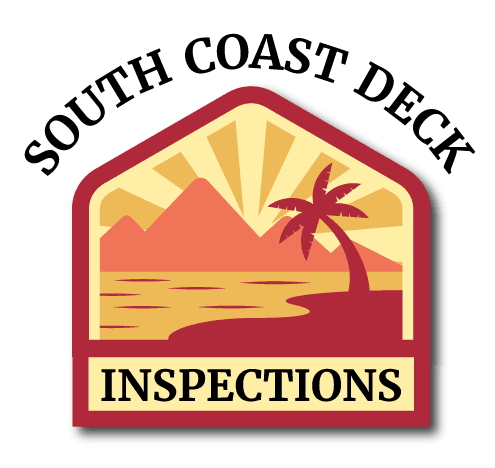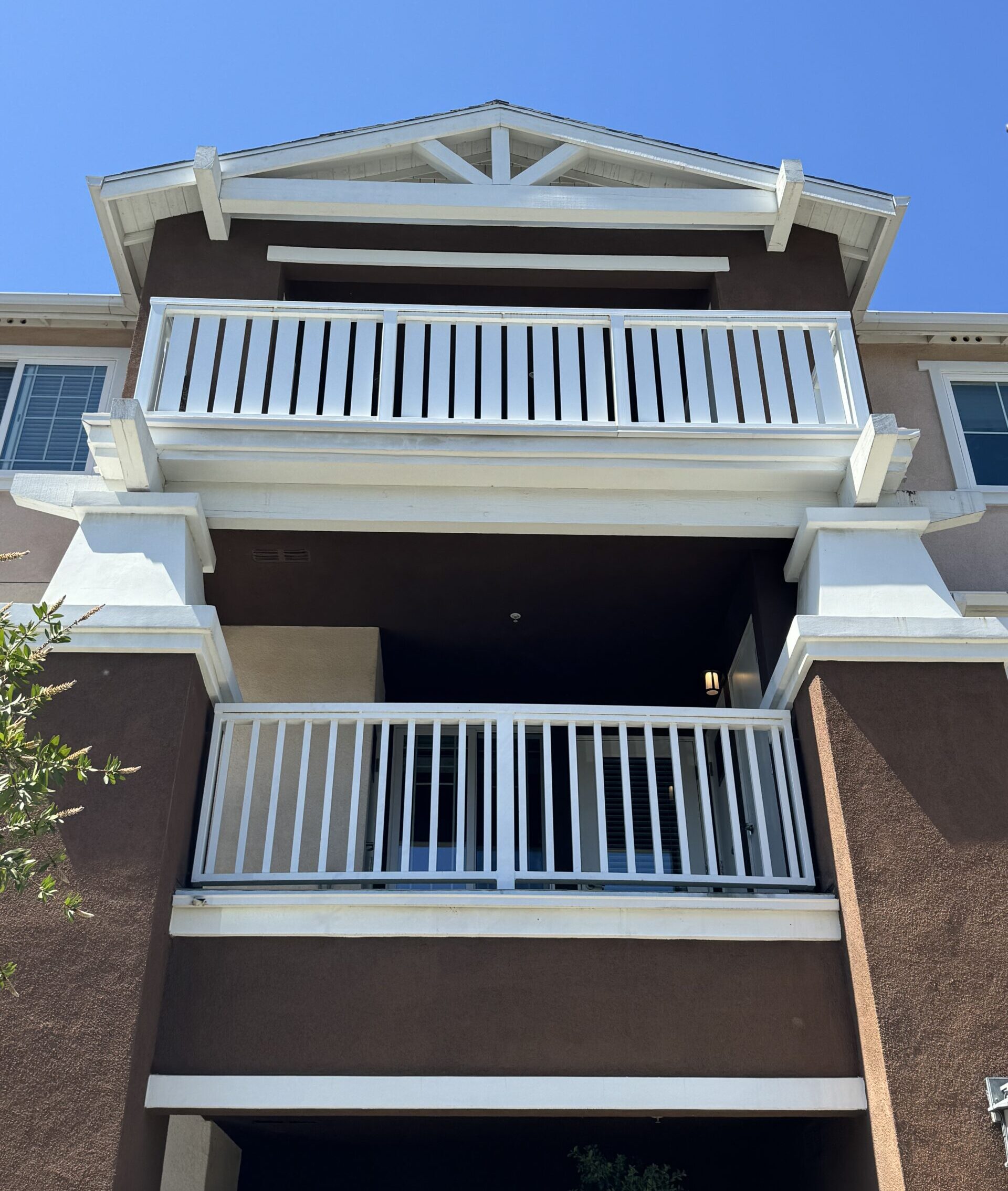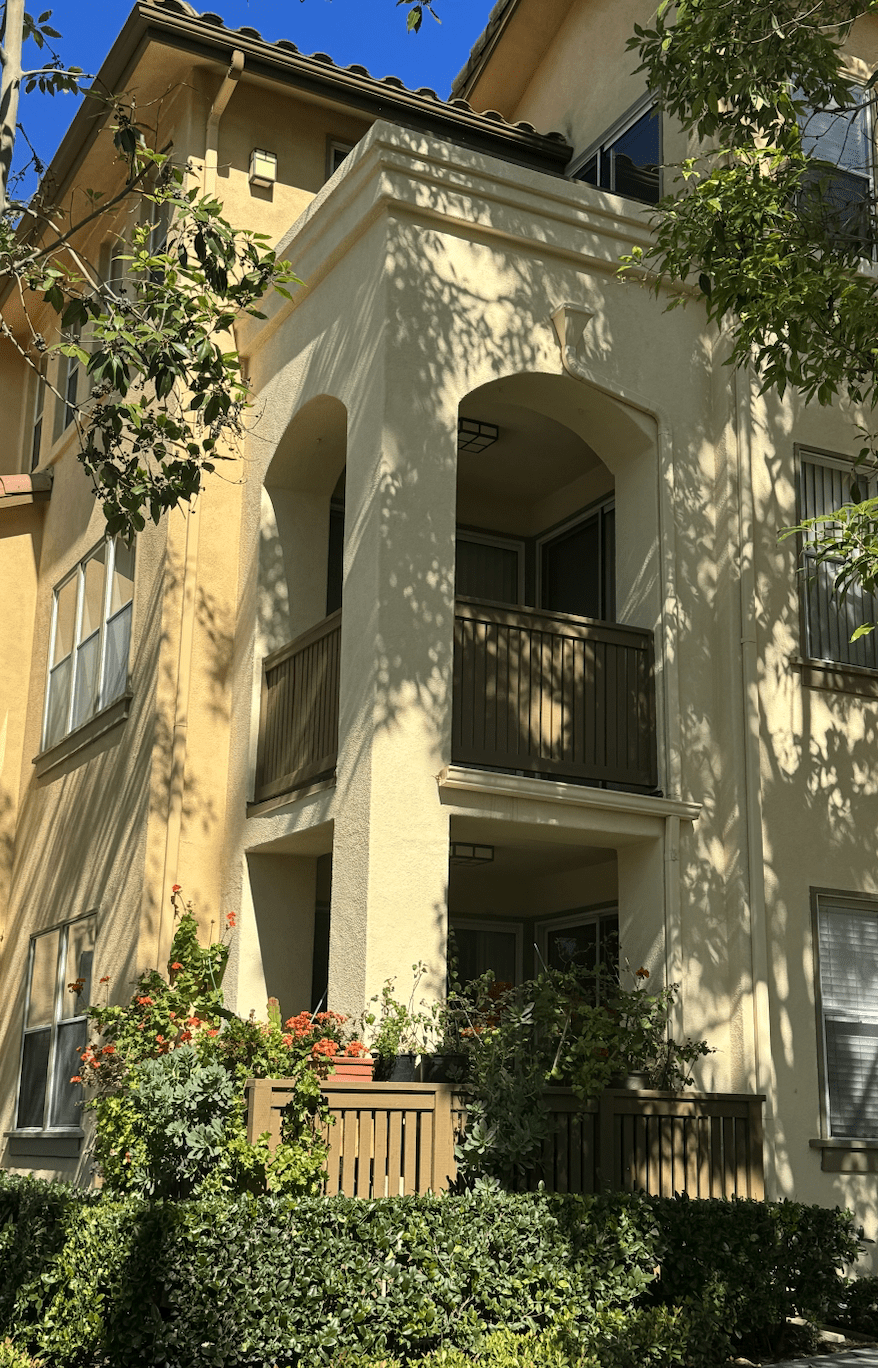SB 326
Inspections
SB 326 Inspections
SB 326 Inspections for condominiums with three or more multifamily dwelling units are offered by South Coast Deck Inspections. Our Southern California operation, services condominium owners helping them comply with California deck inspection requirements. According to SB 326, condominium associations are required to arrange a visual inspection, conducted by a licensed structural engineer or architect, of a random and statistically significant sample of exterior elevated elements for which the association is responsible for maintenance or repair. This inspection is mandated to occur at least once every nine years. Its purpose is to assess the safety and compliance of these exterior elevated elements with applicable standards.
The inspection’s purpose is to assess the safety and performance of exterior elevated elements in accordance with relevant standards. Before the initial visual inspection, the inspector will create a randomized list of these elements, including those under the association’s maintenance responsibility. This list will be shared with the association for future reference. The inspector will follow this list for visual inspections, and if they identify conditions suggesting water intrusion that could harm load-bearing components, they may conduct further inspections based on their professional judgment. The inspector’s report will include details on load-bearing components and the associated waterproofing system, their current condition, potential risks to residents’ safety, expected performance, and repair or replacement recommendations. The report will be signed by the inspector and presented to the board as part of the required study. If an element is deemed an immediate safety threat, the inspector will promptly share the report with the association and the local code enforcement agency, with necessary preventive actions taken until repairs are approved.
SB 326 requires the association of a condominium project to cause a reasonably competent and diligent visual inspection of exterior elevated elements, defined as the load-bearing components and associated waterproofing systems, as specified, to determine whether the exterior elevated elements are in a generally safe condition and performing in compliance with applicable standards.
Definitions in SB 326 Inspections
Visual Inspection
“Visual inspection” means inspection through the least intrusive method necessary to inspect load-bearing components, including visual observation only or visual observation in conjunction with, for example, the use of moisture meters, borescopes, or infrared technology.
Load Bearing Elements
“Load-bearing components” means those components that extend beyond the exterior walls of the building to deliver structural loads to the building from decks, balconies, stairways, walkways, and their railings, that have a walking surface elevated more than six feet above ground level, that are designed for human occupancy or use, and that are supported in whole or in substantial part by wood or wood-based products.
Exterior Elevated Elements
“Exterior elevated elements” mean the load-bearing components together with their associated waterproofing system.
Associated Waterproofing Systems
“Associated waterproofing systems” include flashings, membranes, coatings, and sealants that protect the load-bearing components of exterior elevated elements from exposure to water.
Significant Samples
“Statistically significant sample” means a sufficient number of units inspected to provide 95 percent confidence that the results from the sample are reflective of the whole, with a margin of error of no greater than plus or minus 5 percent.


